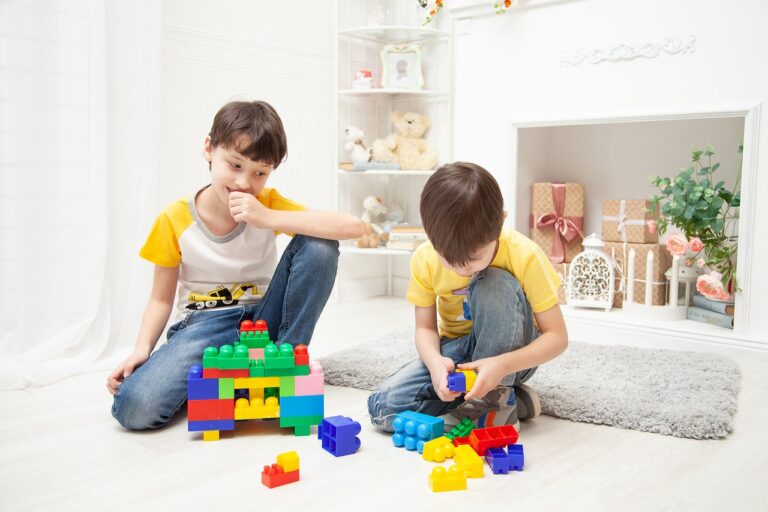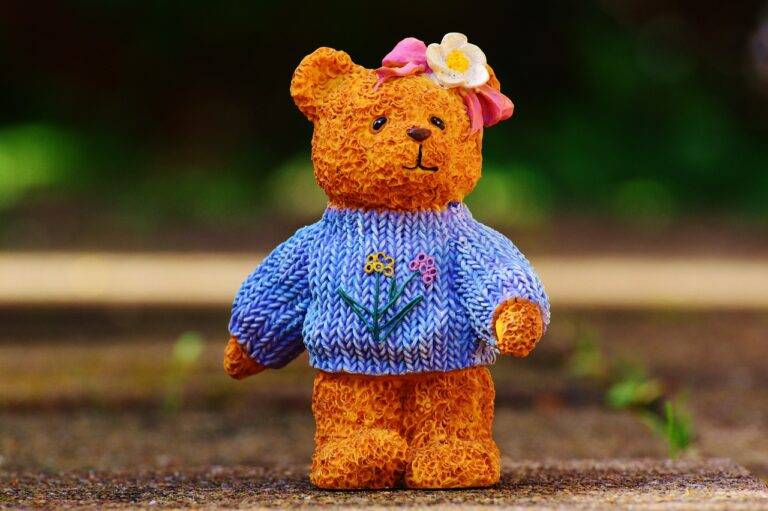Art’s Influence on Mental Health and Well-Being
Engaging in creative activities can have numerous benefits for individuals of all ages. Participating in artistic pursuits such as painting, drawing, or crafting can serve as a therapeutic outlet for expressing emotions and relieving stress. By immersing oneself in a creative process, individuals can tap into their inner thoughts and feelings, allowing them to channel their emotions into their work.
Moreover, engaging in creative activities can also foster a sense of accomplishment and boost self-esteem. When individuals create something unique and personal, they often feel a sense of pride and satisfaction in their work. This can help to build confidence and self-worth, as individuals see tangible results of their creative efforts. Additionally, the act of engaging in creative activities can also help to improve cognitive functions such as problem-solving skills and critical thinking, further enhancing the overall well-being of individuals.
Connection Between Art and Emotional Expression
Art has long been recognized as a powerful tool for emotional expression. Through art, individuals can convey their deepest emotions, thoughts, and experiences in a way that words often cannot capture. Whether through painting, drawing, sculpture, or other mediums, art provides a unique outlet for processing and communicating complex feelings.
Engaging in artistic activities allows individuals to explore their innermost thoughts and emotions in a safe and non-judgmental space. This process of self-expression can be incredibly cathartic and healing, enabling individuals to gain a deeper understanding of themselves and their emotional experiences. In this way, art can serve as a form of emotional release, helping individuals to cope with difficult feelings and experiences in a constructive and meaningful way.
Art as a Form of Self-Care
Engaging in artistic activities can be a powerful form of self-care. Creating art allows individuals to express themselves in a unique and personal way. Whether through painting, drawing, writing, or any other artistic medium, the act of creating can be therapeutic and cathartic. It provides a safe space for individuals to explore their emotions, process their thoughts, and release any pent-up feelings.
Artistic expression has the ability to promote self-awareness and mindfulness. By immersing oneself in the creative process, individuals can cultivate a sense of presence and focus on the present moment. This can help alleviate stress and anxiety, allowing for a sense of calm and relaxation. Additionally, engaging in art as a form of self-care can serve as a means of self-discovery and personal growth, fostering a deeper understanding of oneself and one’s emotions.
– Engaging in artistic activities allows for unique and personal expression
– Creating art can be therapeutic and cathartic
– Art provides a safe space to explore emotions and process thoughts
– Immersing oneself in the creative process promotes self-awareness and mindfulness
– Artistic expression can alleviate stress and anxiety, leading to calm and relaxation
– Using art as self-care can lead to self-discovery and personal growth
How can engaging in creative activities benefit our mental health?
Engaging in creative activities such as art can help reduce stress, improve mood, and increase self-esteem. It provides a form of self-expression and can act as a form of therapy.
What is the connection between art and emotional expression?
Art allows individuals to express their emotions in a non-verbal way. It can help individuals process their feelings, gain insights into their emotions, and find a sense of calm and relaxation.
How can art be considered a form of self-care?
Art can be a form of self-care as it allows individuals to focus on themselves, take a break from the stresses of daily life, and engage in a creative and fulfilling activity that brings joy and fulfillment. It can act as a form of relaxation and rejuvenation for the mind and soul.







